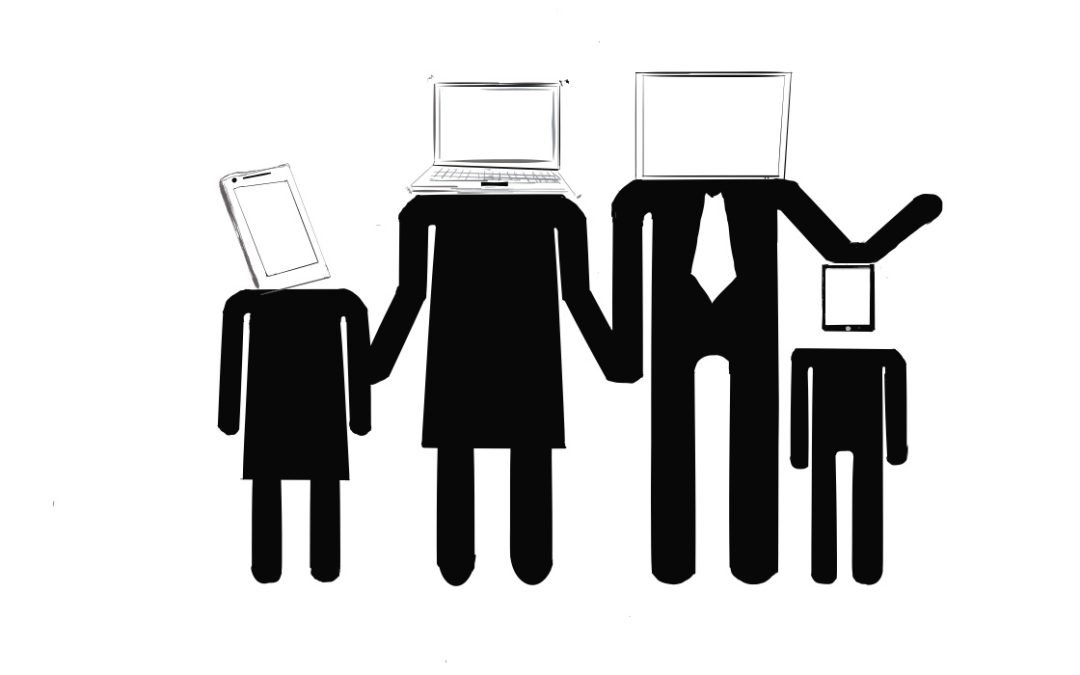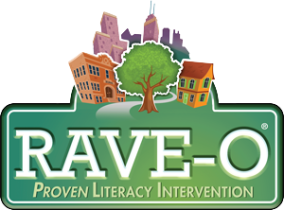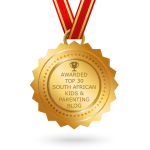One of the very first posts I wrote back in 2012 was titled “Why TV is good for your child” The post stimulated a barrage of questions and 11 years later we are still asking questions about screen time. The issue of screen time is not new and Brittany Clair in her excellent article notes that concerns around screen-time arose in the 1980’s around television and obesity.
I became a tech-adopter/adapter for language intervention with children and despite the critiques from many, I still believe in its’ (qualified) use.
All concerns about screen-time were blown up during the pandemic because screens became a necessity, but they are re-surfacing again with critics attributing many problems to too much screen time.
The Informed SLP recently published a review that discusses this in depth. You can find their review here.
Many are familiar with the 2016 guidelines from the American Academy of Pediatrics (AAP) which recommend the following:
- < 18 months: no digital media apart from video chatting
- 18-24 months: for those wishing to introduce media, choose high-quality content and engage alongside the child
- 2+ years: limit to one hour per day, choosing high-quality content and co-viewing when possible
- No screens during meals or one hour before bedtime
However these guidelines do not consider some important nuances. These include but are not limited to
- The type of screen time
- How screen time is defined and/measured
- The context that screen time is used
- The content that is watched
- Individual preference
Type and measurement of screen time
In order to measure screen time, there needs to be a definition, yet there is no consensus on the definition. If there is dissension on the definition, then measuring screen time is rife with potential problems. Whilst the AAP exclude video chatting from their guidelines, and they qualify that from 18 – 24 months content should be of a ‘high-quality’ and engage alongside the child there is no measure of what constitutes ‘high quality’ nor on what it means to engage alongside the child.
A glaring omission from the guidelines is the use of AAC (Alternative Augmentative Communication). Whilst many assume this is implied, I have had numerous concerns raised by parents and therapists alike! The Informed SLP points out that classifying all the ways that we interact with technology into “screen time” reduces something that is highly complex, dynamic, and evolving, into a category that holds little practical meaning.
NOT ALL SCREEN TIME IS EQUAL
The context of screen-time use
Many people, including children, had more screen time during the the Covid-19 pandemic. For those that had access to additional screen time during this period, no-one could berate its over use.
Screen time for relaxation is an acceptable part of our lives – even if you are a child. Unless you yourself never watch TV/YouTube/Social Media, and you don’t have a smartphone, you cannot expect your child to abstain. There are a number of considerations.
- Is screen-time taking the place of another activity? Bear in mind that sometimes screen-time is not a substitute for anything. I know that I used a screen to babysit my kids when I really needed it! Along the same lines, just because your child is bored, it doesn’t mean that they should get screen time. Children should not be entertained or scheduled for every minute of the day.
- In what situations is the child engaging with the media? We know that structure, routine and boundaries are important for children so that they know what to expect, and screen time is no different. By giving in to “pleeease/but whyyyyyy” every time your child protests, you are setting yourself up for failure regarding the rules and boundaries that you want to instil.
- Who is the child with? There is a significant body of research that supports the benefits of co-viewing with your child so that the adult can help the child form connections with what is on the screen versus reality. Early learning is easier, more enriching and developmentally more efficient when it is live, interactive, in real time and space, and with real people.


- How long is the child spending on screens? We know that too much of anything is bad, but there is no way to quantify exactly how much screen time is bad, given that there are so many factors to consider. Regulating the amount of time of unsupervised screen time is important without getting bogged down by the minutiae.
What is your child watching?
Just because something claims to be educational, does not make it educational. . There are too many different types of content, screens and designs to evaluate it all. However there are a number of things that are likely to interfere with learning. These include
- Busy screen such as additional characters or things moving around the screen
- Extraneous sounds such ‘boings’ and ‘bells’
- Pop-ups for adverts or subscriptions
- Pace of information
- How fast is the narration? A slower pace is more conducive to learning
- Is there repetition? Repetition promotes learning
- Are there songs?
- Do they use movement or actions? Movement and actions can facilitate learning.
- Interaction
- Do the characters ask questions?
- Does your child answer?
- Violent content There is a strong relationship between screen violence and later psycho-social difficulties and some of the highest rates of violence are found in cartoons.
- Modelling strategies – some children’s programmes or screen activities model how to respond which can promote learning.
Individual preference
Reducing screen time may not be a priority for all families. In fact, screens may be an important coping tool for a family for any number of reasons and provide them with real benefits.
Parent’s values and priorities are important to consider rather than “one-size-fits-all.” The Informed SLP has a fantastic handout which you can download here. It explains the impact of ‘technoference.’
As we emerge from the post-Covid vortex, more studies are emerging about screen-time. Many of these studies show correlations between excess screen-time and behaviour, attention, memory etc, but this is not the same as a causal relationship.
The word “screen time” is loaded with negative connotations and associated with fatalistic outcomes. However the screens are not the problem, it is the way that they are used. Perhaps it is time to reframe our thinking and use language that defines their use in terms of the type of screen, the content, context, and individual preference instead of a linear measure of time.


And obviously we should TALK!
Important: If you are a speech therapist, subscribing to The Informed SLP is the best way to keep up with current, clinically relevant research!








Recent Comments